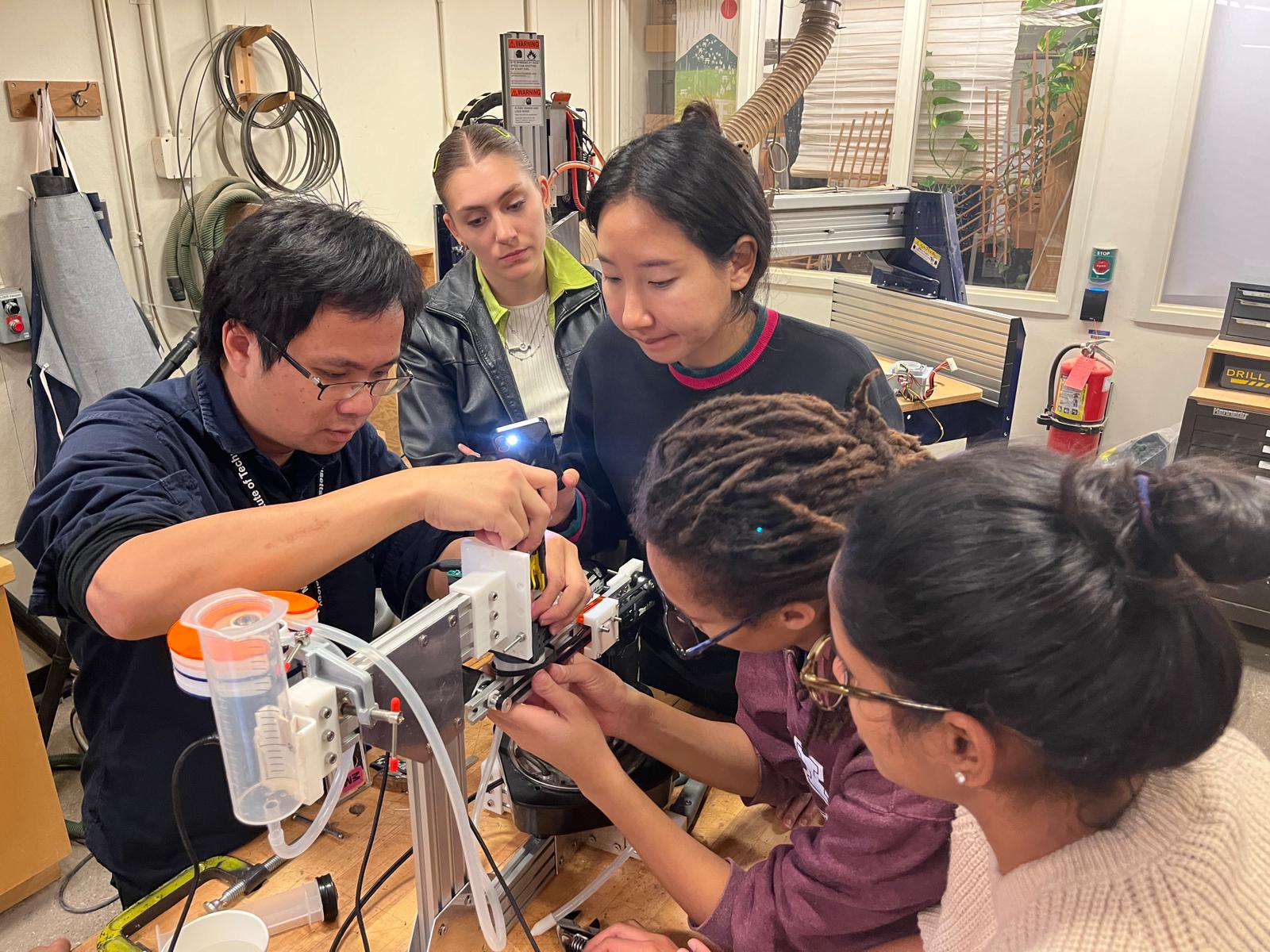This has been the most challenging week we had and the first project
that should be entirely done in group. In less than 7 days, we had to
design, build and operate a machine. Although it was only project per
section and there were some shortcuts we could use(e.g., modular
things, 3D printing design, etc.), it was not straightforward to
create a machine that was automated and controlled by a friendly
interface.



















